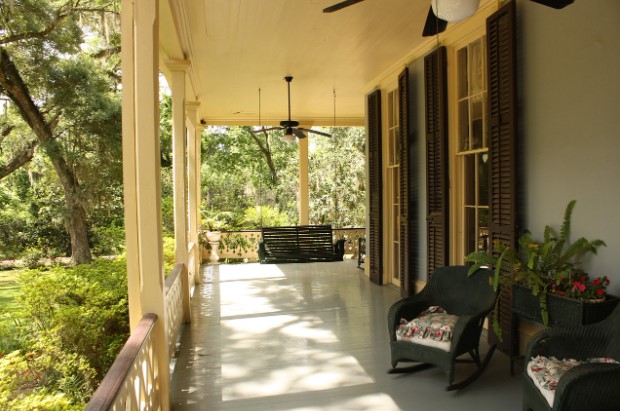
Your home’s landscape design serves a crucial role in creating an inviting and beautiful outdoor space. It not only adds curb appeal to your property but also provides a peaceful retreat for you, your family, and guests. However, finding the right balance between aesthetics and functionality can be challenging. You want your landscape to look visually appealing, but it also needs to serve practical purposes such as providing shade, privacy, and functionality for activities.
This blog post will dive into how you can achieve the perfect blend of aesthetics and functionality in your landscape design, creating a stunning outdoor space that meets all of your needs. Let’s get started.
Determine your Needs and Wants
Before diving into the design process, it’s important to determine your needs and wants for your landscape. This will help guide the decision-making process and ensure that both aesthetics and functionality are taken into consideration.
Consider factors such as who will be using the space, what activities you want to accommodate, and what elements are essential for your lifestyle. Identifying these key components will allow you to prioritize what’s important and allocate resources accordingly.
Additionally, keep in mind your long-term goals for your landscape as well. This will help prevent any costly redesigns in the future and ensure that your landscape continues to meet your needs and wants for years to come.
Engage Experts
When it comes to balancing aesthetics and functionality, it’s always beneficial to engage with experts in the field. Landscape designers and architects have the expertise and knowledge to create a cohesive design that incorporates both aesthetics and functionality seamlessly. You can read more about these experts and how you can collaborate with them to bring your vision to life. Ensure to work with professionals who understand your vision and are willing to listen to your needs.
Their input can help bring fresh ideas and innovative solutions that you may not have considered on your own, ultimately resulting in a balanced and beautiful landscape design. Additionally, their expertise can also ensure that the design is functional and sustainable, maximizing your outdoor space’s potential.
Utilize Multipurpose Elements
A great way to balance aesthetics and functionality in your landscape design is to incorporate multipurpose elements. These are elements that serve both practical and aesthetic purposes, saving you space and resources while still adding beauty to your outdoor space. For example, a pergola can provide shade for outdoor seating while also serving as a focal point in your landscape design.
Similarly, using plants and flowers that serve both decorative and functional purposes, such as providing privacy or attracting pollinators, can add visual interest while also enhancing the functionality of your landscape. Be creative in identifying how elements can serve multiple purposes to achieve a balanced and efficient design.
Pay Attention to Scale and Proportion
When designing your landscape, it’s crucial to pay attention to scale and proportion. This means considering the size of each element in relation to the overall space and how they work together harmoniously. A large, imposing gazebo may look out of place in a small backyard, while a small water feature may get lost in a large open space.
Properly sizing and arranging elements can create a cohesive and visually appealing design that also functions well. Additionally, consider the scale and proportions of your home and surroundings to ensure that your landscape design complements rather than clashes with its surroundings.
Consider the Climate and Environment
The climate and environment of your location play a significant role in determining the functionality of your landscape design. For example, if you live in an area with harsh winters, adding a fire pit or outdoor heating can extend the use of your outdoor space. If you have limited water resources, incorporating drought-resistant plants and installing a drip irrigation system can help conserve water.
Additionally, consider the natural elements of your surroundings and how they can enhance or detract from your landscape design. For example, strategically placing trees for shade or using windbreaks can improve the functionality of your outdoor space while also adding visual interest.
Incorporate Sustainable Design

Lastly, sustainable design is essential in achieving a balanced landscape that is both visually appealing and functional. Incorporating eco-friendly elements such as rain gardens, permeable paving, and native plants not only benefit the environment but also add to the aesthetics of your outdoor space.
In addition to reducing your environmental impact, a sustainable landscape can also save you money on maintenance and water costs in the long run. By incorporating sustainable design principles into your landscape, you can achieve a beautiful and functional outdoor space that aligns with your values.
Achieving a balance between aesthetics and functionality in your landscape design requires careful consideration and planning. By determining your needs and wants, engaging with experts, utilizing multipurpose elements, paying attention to scale and proportion, considering the climate and environment, and incorporating sustainable design principles, you can create a stunning outdoor space that meets all of your needs. Remember to be creative and open to new ideas, and don’t be afraid to seek professional help to bring your vision to life. With the right approach, you can have a landscape that not only looks beautiful but also serves all of its practical purposes.






